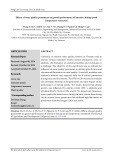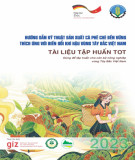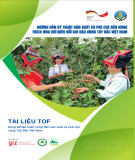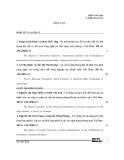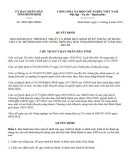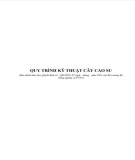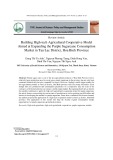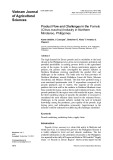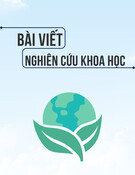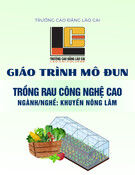Giới thiệu tài liệu
Tái học bài giảng Công nghệ sau thu hoạch chuỗi sản xuất rau quả: Chương 1 là một tài liệu giáo dục, trong đó GS. TS Nguyễn Minh Thuỷ trình bày về các hoạt động công nghệ sau thu hoạch (STH), tầm quan trọng và mục tiêu của nó, nguyên nhân tổn thất STH và các biện pháp phòng ngừa. Ngoài ra, bài giảng cũng giới thiệu về dinh dưỡng rau quả, việc ăn rau quả tươi, đông lạnh, tinned hoặc sấy khô và uống nước ép rau quả trong chế độ dinh dưỡng lành mạnh.
Đối tượng sử dụng
Sinh viên, nhà nghiên cứu chuyên ngành công nghệ, khoa học và kinh tế về rau quả.
Nội dung tóm tắt
Bài giảng Công nghệ sau thu hoạch chuỗi sản xuất rau quả: Chương 1 cung cấp chi tiết về việc áp dụng công nghệ sau thu hoạch (STH) cho chuỗi sản xuất rau quả. Nó giới thiệu các hoạt động STH, tầm quan trọng và mục tiêu của nó, nguyên nhân tổn thất STH và các biện pháp phòng ngừa. Bài giảng thảo luận về các yếu tố trước thu hoạch ảnh hưởng đến tuổi thọ STH và các khía cạnh chất lượng của rau quả. Ngoài ra, bài giảng cũng giới thiệu về dinh dưỡng rau quả, bao gồm macronutrients, micronutrients và bioactive compounds, và vai trò của chúng trong việc duy trì sức khỏe con người. Cuối cùng, bài giảng cũng thảo luận về tầm quan trọng của ăn rau quả tươi, đông lạnh, tinned hoặc sấy khô và uống nước ép rau quả trong chế độ dinh dưỡng lành mạnh.







